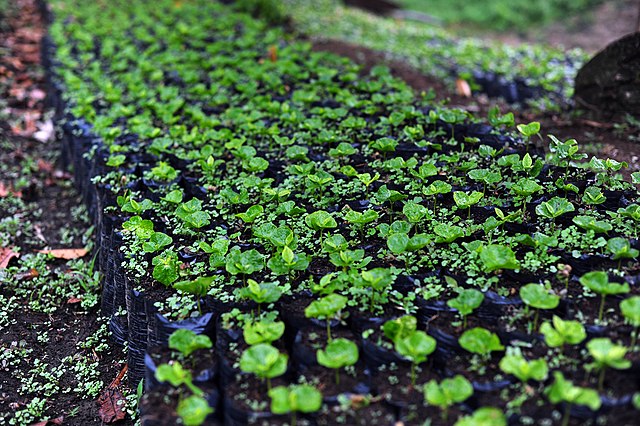A luckily evaded Colombia-U.S. 25% tariff tiff highlights possible trade impact on food in colombia.
On January 27, 2025, U.S.’ President Donald Trump dangled 25% tariffs over Colombia after President Gustavo Petro refused entry to deportees.
After a few hours, Petro eventually backed down despite having also slapped 25% tariffs on U.S.’ imports.
If the tariffs had actualized, American products could have hurt local food trade because most of them are agricultural.
Indeed, KGTV channel shows how a restaurant that orders its Bandeja Paisa sausages directly from local sources fears tariff price effect.
Andres Roher, the co-owner of the Antojitos Colombianos Restaurant notes how they order products locally to keep customer prices manageable.
But when tariff threats from foreign sources come up, this causes local meals to get expensive. This is because exports that attract a higher tax than usual force producers to pass the cost to domestic buyers.
The worst that could happen is a tariff on specific agricultural goods such as corn and soymeal from the U.S.
According to the U.S. Department of Agriculture (USDA), Colombia imports 47% of its agri-food from the United States, mostly corn.
Sometimes these imports align with changing price demographics in the South American country. Notably, 2021’s food imports from the U.S. worth US$3.4 billion preceded Colombia’s food inflation, which hit 27% in November 2022.
Since consumers in Colombia are quite price-sensitive, it goes without elaboration that any tariff threat becomes quite serious.
What Ships from the U.S.?
An important import from the United States that tariffs can hurt is corn, which amounted to $1.04 billion in 2022.
The grain is Colombia’s second biggest import from its bittersweet North American trade ally after refined petroleum.
Next in line is soybeans, whose imports totaled $766 million in 2022, the third highest commodity in import value.
What Ships from Colombia?
On the flip side, the United States would pay massive duty on coffee, whose imports from Colombia reached $6.05 billion in 2022.
Cut flowers, a very lucrative produce in its own right, follow at $1.64 billion, also in 2022, according to USA Today’s data.
Luckily for now, the Colombia-U.S. tariff war is at a halt while the two countries focus on illegal migration. But there is still the bigger picture on agricultural trade between the two countries to consider, per the statistics below.
Colombia-U.S. Agricultural Trade Statistics
Colombia ranks the 53rd biggest exporter of goods in the world, at $60.3 billion, as of 2022, according to OEC. While crude petroleum accounts for the lion’s share at $16.1 billion, agricultural goods, especially coffee, rank high. In 2022, for instance, coffee raked in $4.15 billion in exports, the third highest grossing export commodity for the country. The United States is Colombia’s biggest export market for all goods, at $15.6 billion in 2022.
The United States is also Colombia’s biggest import source of agricultural goods, which totaled $2.7 billion in 2020. This was equal to 48% of all agricultural imports by the Latin America country that year. Colombia also ranked in 2020 as the 11th biggest agricultural export destination for the U.S., according to the U.S. Department of Agriculture. Although the agricultural import margin by Colombia from the U.S. had shrunk to 47% in 2021, the value had increased to $3.4 billion.
What are the specialities of agricultural exports by Colombia?
Speciality products are those with high value per piece even if their total export value is little. For instance, Colombia exports more citrus at 0.15% of all exports than flours (0.078%), and yet flours rank as speciality products. Although some of the following specialities also reach other destinations, the U.S. is normally a major recipient. These include cut flowers representing 3.14% of exports, coffee at 6.89%, bananas at 1.92%, coffee extracts at 0.72% and cereal flours at 0.078%.
